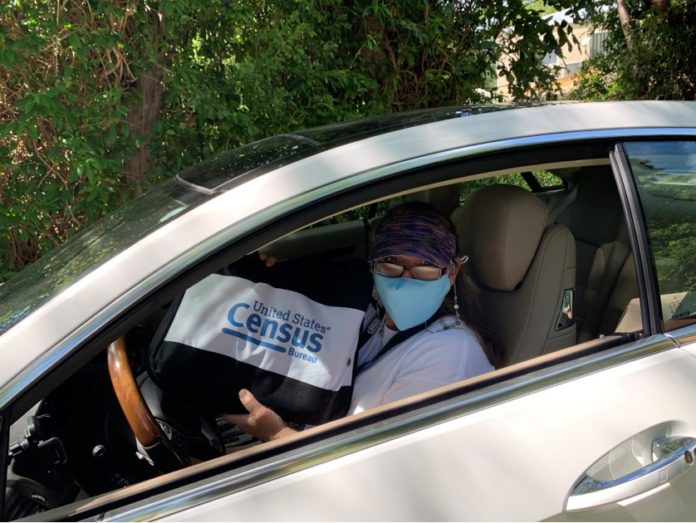“You’ve completed your census form, right?”
Barbara Overton is the state census chair for the League of Women Voters of Florida. She bounces between Miami and her home in Tavernier, and she’s encouraging everyone to be counted, soon.
“Monroe County’s self-response rate is really, really low: 45% compared to 62.1% for all of Florida,” Overton told the Keys Weekly. “This doesn’t include the results from the bureau’s enumerators knocking on doors, but that’s a huge gap to make up.”
Every 10 years, the U.S. census counts everyone living in the country to determine America’s population and how it’s distributed. The results help determine government representation and funding for states and local communities, Overton said.
Census data is used by the federal government to determine how many seats each state has in the U.S. House of Representatives and in drawing Congressional districts, and by state governments to make determinations about state Senate and House seats and districts, Overton said.
“We expect that Florida will gain two additional seats in the U.S. House of Representatives as a result of this census,” she said.
Moreover, over $1.5 trillion in annual federal funding is divvied up to states and individuals based on the census.
“This includes money for schools, infrastructure, hospitals, emergency services, job training programs, child care and senior centers, various assistance programs, and more,” Overton said. “Florida should receive about $3,000 annually in federal funding for every person counted.”
Finally, businesses use census data to identify the need for housing, supermarkets and other necessities in local communities.
It works because the census counts everyone, not just citizens.
“We know that immigrants fear their responses would be used to identify and penalize them or their undocumented household members,” Overton said. “We must spread the word that there is no citizenship question and that your answers may not be used against you.”
The census should take about 10 minutes to complete. Information requested includes: how many people reside in your home, their names, ages, races, phone numbers, sex, date of birth, whether they are of Hispanic origin and whether the home is rented or owned.
This year, for the first time ever, the census is also allowing respondents to specify that they are part of a same-sex couple.
Ways to respond include:
Online: Visit 2020census.gov.
Phone: 844-330-2020 (English speakers). The Census Bureau also offers language assistance via phone for 12 non-English languages and offers translated web pages and guides in 59 languages.
Mail: People were mailed a unique code early this year. If you have not received or have lost your code, select the “I do not have a Census code” link when answering the questions online.
In-person: Census workers (called enumerators) are knocking on doors in the county right now.
This year, with the economic downturn, accurate counts are more important than ever to gain access to critical funds.
Marge Holtz, president of the League of Women Voters of the Lower Keys, agreed, saying “Our little county of just 74,000 residents is heavily dependent on programs to assist with school lunches, special-needs families, medical and social services programs. If people who live in Monroe County do not respond, our population numbers will be lower, and the funding for essential Monroe County programs will be cut. It’s all about the numbers.”
The deadline to respond is Wednesday, Sept. 30, although one federal court ruling has delayed that until Oct. 31. A hearing scheduled for Sept. 17 in that case will determine whether the count continues past September.





















